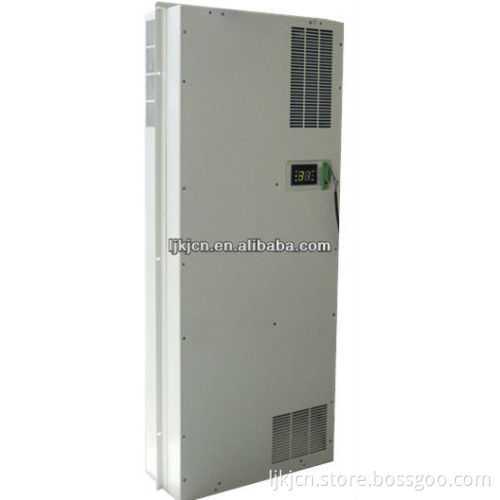
2000W/2500W IP23/IP55 Door mounting battery cabinet air cooler
- Delivery Time:
- 25 Days
Your message must be between 20 to 2000 characters
Contact Now| Place of Origin: | Jiangsu, China (Mainland) |
|---|
1.Long service life
2.High stability
3.High-quality compressor
Door Mounting Cabinet Air Conditioner Scope: 1.Widely used in telecommunications,broadcasting,electricity,automation and other industry out-door cabinet,IDC room cooling needs. 2.Applications:electric equipment control box,battery compartment,and telecommunication equipment and other pertinent equipments,enclosed area climate control such as wireless communication cabinet,battery cabinet,industry control cabinet etc. Features: 1.Applicable for severe ambient environment,such as high temperature. 2.Can work perfectly from -40 to +55 Degrees Celsius. 3.Using natural cooling technologies,energy efficient operation. 4.Keep dust,oil fog and moisture from entering the internal of the equipments.Totally solve dust and moisture contamination issues caused by ventilation. 5.Flexible installation,can be installed perfectly in the side or outside wall of the equipment. Technique Data Sheet:
 Installation Instruction: 1.Don't use the equipment in the environments with more dust, oil moisture, corrosive or harsh air. Among them shall not exceed 55°C ambient temperature, and not lower than 0°C, humidity should not exceed 95%. 2.Use M6*10 screws fix flange on cabinet. 3.Drain cannot stress, after the installation must ensure smooth condensate drain, handling or moving the equipment, do not upside down, tilt and collision. Installation Picture:
Installation Instruction: 1.Don't use the equipment in the environments with more dust, oil moisture, corrosive or harsh air. Among them shall not exceed 55°C ambient temperature, and not lower than 0°C, humidity should not exceed 95%. 2.Use M6*10 screws fix flange on cabinet. 3.Drain cannot stress, after the installation must ensure smooth condensate drain, handling or moving the equipment, do not upside down, tilt and collision. Installation Picture: 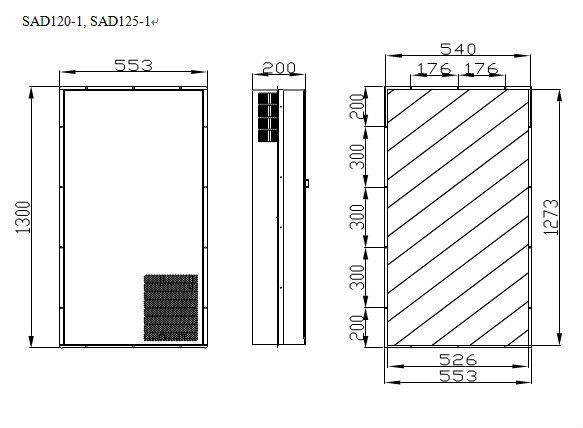
 Application:
Application: 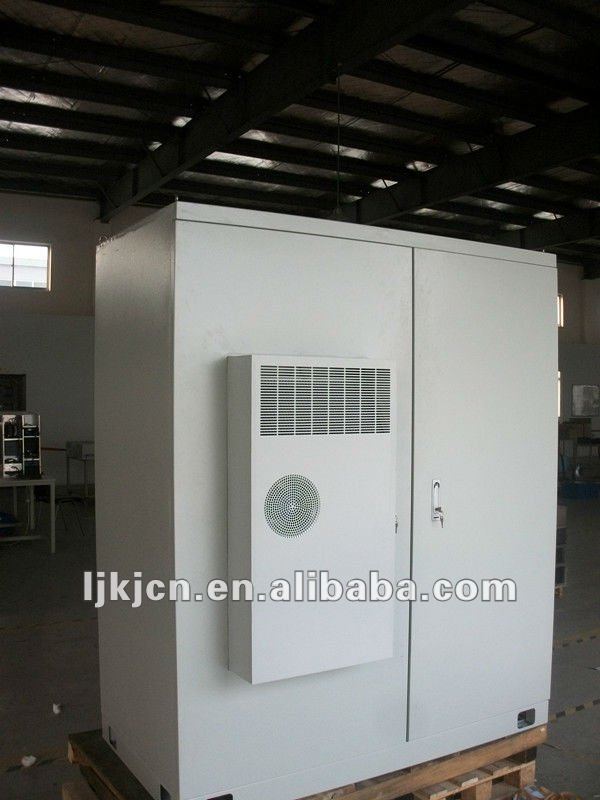 Related Products:
Related Products: 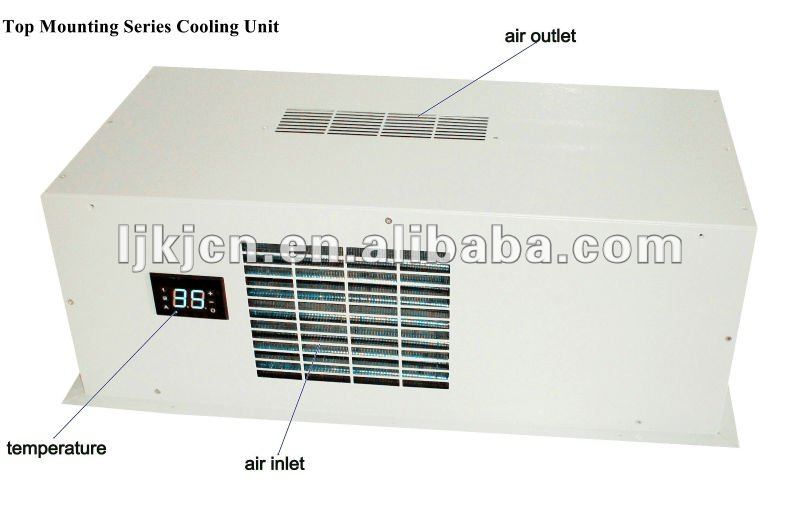
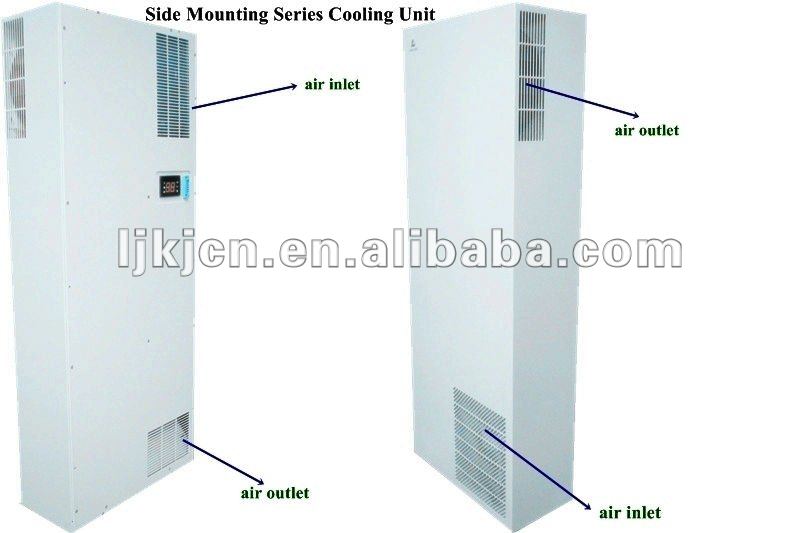 How to Determine Correct Model of Cabinet cooler
How to Determine Correct Model of Cabinet cooler Key Point---Calculating Heat Load for your Enclosure
To determine the correct model for your application, it is first necessary to determine the total heat load to which the control panel is subjected. This total heat load is the combination of two factors — heat dissipated within the enclosure and heat transfer from outside into the enclosure.
Steps of Calculating Btu/hr.:
1. First, determine the approximate watts of heat generated within the enclosure. Watts x 3.41 = Btu/hr.
2. Then, calculate outside heat transfer as follows:
a. Determine the area in square feet exposed to the air, ignoring the top of the cabinet.
b. Determine the temperature differential between maximum surrounding temperature and desired internal temperature. Then, using the Temperature Conversion Table (below), determine the Btu/hr./ft.2 for that differential. Multiplying the cabinet surface area times Btu/hr./ft.2 provides external heat transfer in Btu/hr.
3. Add internal and external heat loads to get total heat load.
Temperature Conversion Table | |
Temperature | Btu/hr/ft.2 |
5 | 1.5 |
10 | 3.3 |
15 | 5.1 |
20 | 7.1 |
25 | 9.1 |
30 | 11.3 |
35 | 13.8 |
40 | 16.2 |
Example: |
Related Keywords









